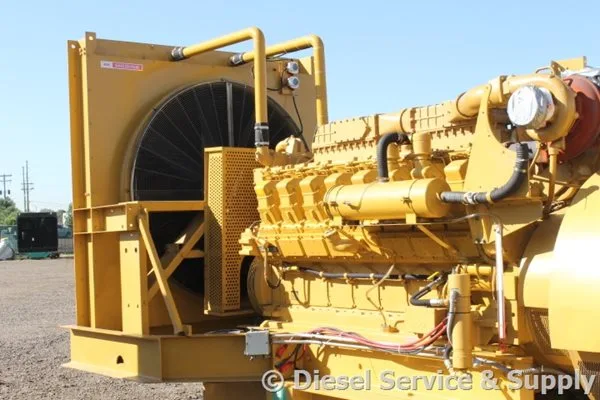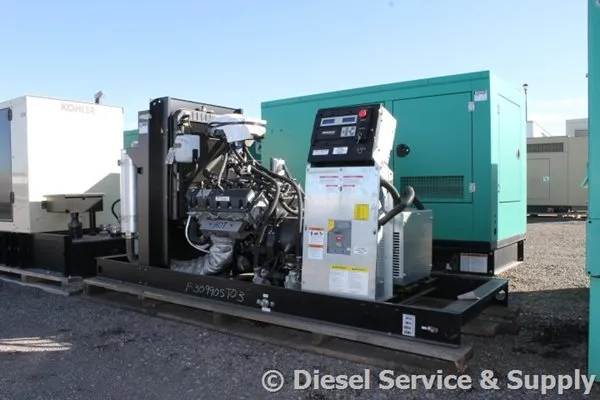Introduction to Horsepower
Horsepower is the driving force behind many types of work, from massive turbines to compact internal combustion engines and electric motors. Converting horsepower into usable wattage for industrial power needs involves understanding two key ratings:
- kWe (Electrical Equivalent): Measures electrical output.
- kWm (Mechanical Equivalent): Measures mechanical work output.
Understanding Horsepower Conversion

Basic Conversion
- 1 horsepower ≈ 745.5 watts.
Real-World Considerations
Friction and other inefficiencies prevent a perfect conversion:
- Electrical Motors:
- Copper Loss: Resistance in copper wires.
- Magnetic Loss: Energy loss in the stator core.
- Stray Loss: Harmonics under load.
- Mechanical Loss: Friction in bearings and air-cooling fans.
- Diesel Generators:
- Friction and inefficiencies reduce the usable output.
Motor Start and Generator Sizing
Motor Starting Requirements
Induction motors draw approximately 6x their full load current during startup, which can impact generator sizing significantly.
- Single-Step Load Applications:
- Assume all connected loads start simultaneously.
- Results in the largest generator size needed.
- Multiple-Step Load Applications:
- Start the largest motor first.
- Use automatic controls to manage smaller loads subsequently.
- Reduces overall generator size requirements.
Key Considerations for Diesel Generator Selection
Fuel Type
Options include:
- Diesel
- Propane
- Natural Gas
- Bi-Fuel or Dual-Fuel
Installation Location
- Indoor: Requires specific ventilation and exhaust systems.
- Outdoor: May need sound-attenuated enclosures.
Environmental Restrictions
- Permits and regulations may dictate:
- Fuel type.
- Operating hours.
Integration with Existing Systems
- Compatibility with existing installations can require significant planning and engineering.
Remote Operation
- Consider if the generator set will be operated locally or remotely.
Additional Considerations

Operational Requirements
- Cooling: Ensures proper engine temperature during power generation.
- Ventilation: Allows airflow for effective cooling.
- Fuel Storage: Dictates runtime at specific usage rates.
- Noise Levels: Check dB ratings for specific models.
- Exhaust Emissions: ppm levels of pollutants must comply with regulations.
- Starting Systems: Options include key start, pull start, and button start.
Generator Set Sizing Calculators
Using online tools like Power Calculators can assist in determining the correct generator size.
Why Proper Sizing Matters
- Undersized Generators:
- Voltage fluctuations.
- Overheating of generator windings.
- Potential damage to connected motors.
- Oversized Generators:
- Engine fouling or glazing due to low engine loading.
Conclusion
Selecting the right generator set requires careful consideration of horsepower, load requirements, and operational needs. Balancing these factors ensures reliable performance, efficiency, and compliance with environmental and safety standards. For assistance in choosing and installing the best generator for your needs, consult an experienced provider or technician.